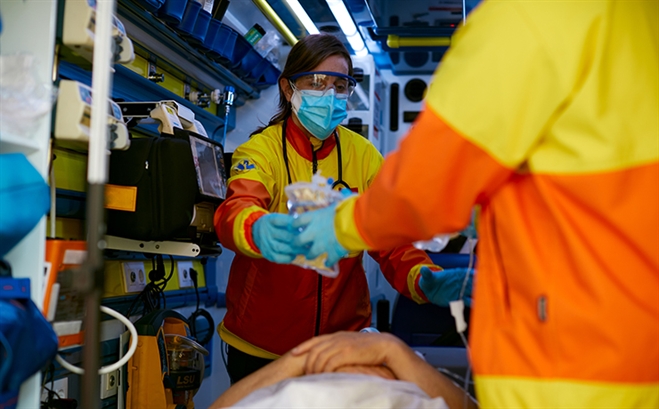How Contact Cards Protect Communities
April 06, 2021 by Devin Culham

First responders have a duty to protect the community. From dispatchers and law enforcement to fire and EMS, first responders make critical decisions that can have a major impact on emergency outcomes.
To aid first responders, agencies use tools designed for law enforcement to make faster, data-driven decisions that save time, and ultimately, make communities safer.
Although these tools are often referenced with statistical evidence highlighting its effectiveness, the broader applications are not often found on a spreadsheet.
The Emergency Management Department in Newtown, Connecticut, which dispatches for the Newtown Police Department, uses powerful tools supplying first responders with more information than simply hydrant locations or building floor plans. Information such as contact cards can help dispatchers alert first responders to prior history or previous incidents.
“When it comes to our population of older adults, sometimes we can get information into our system that helps us if they have Alzheimer’s or dementia,” shared Newtown’s director of communications, Maureen Will.
By including health information, first responders have greater insight into how to safely approach older adults with declining cognitive abilities. According to Will, the more information included, the better.
“We’re constantly putting things in our contact card and alert system to help responders and other dispatchers,” explained Will. “If this call comes in, ‘Heads up, we previously had a call,’ and responders can see the history.”
For Newtown, the breadth of information that can be added to its software solution is one of the most proactive ways first responders can protect the community.
“The system in and of itself is a benefit to the community because the more I put in there, the more information we’re going to have to give out to the responders,” said Will.